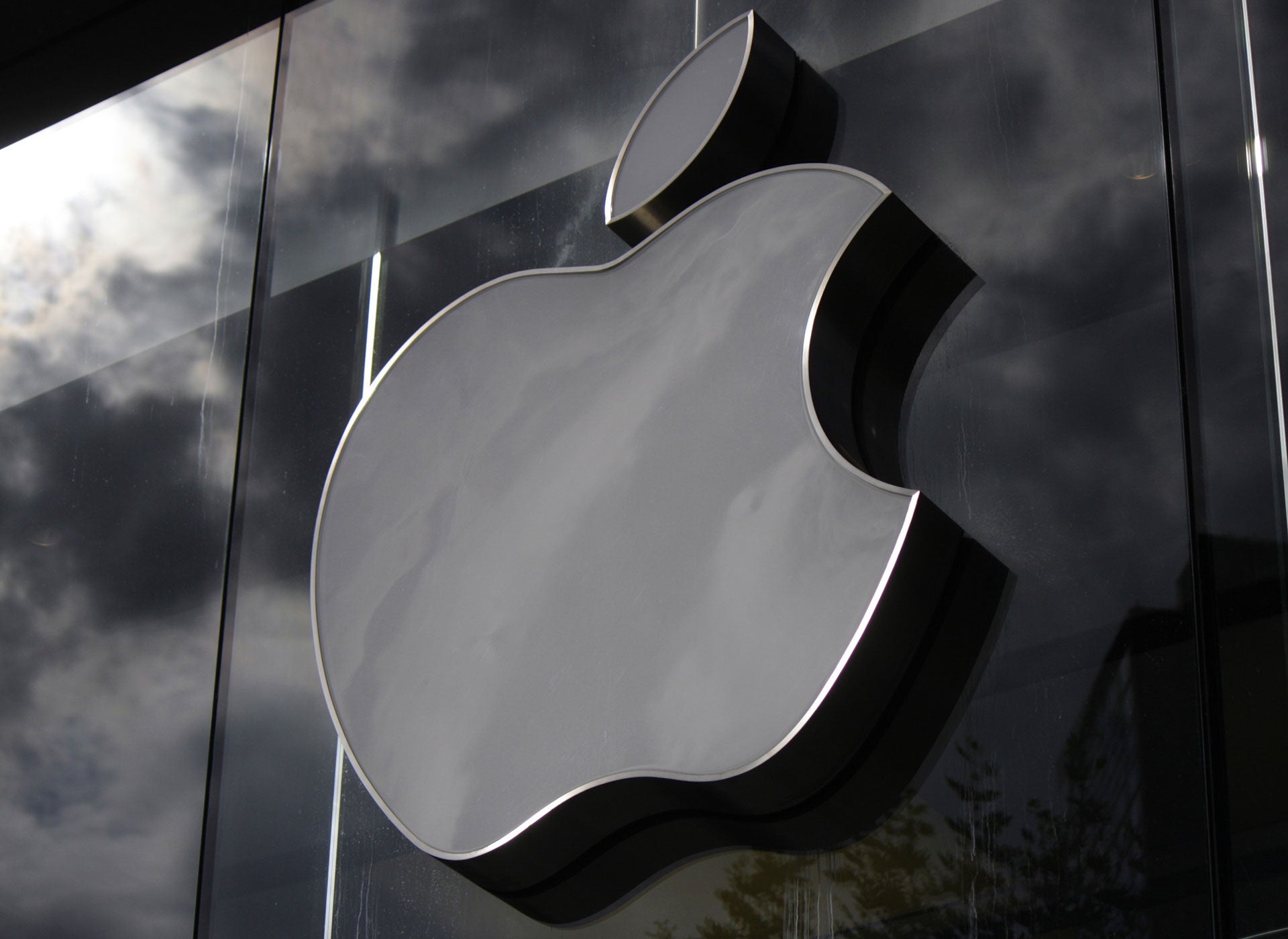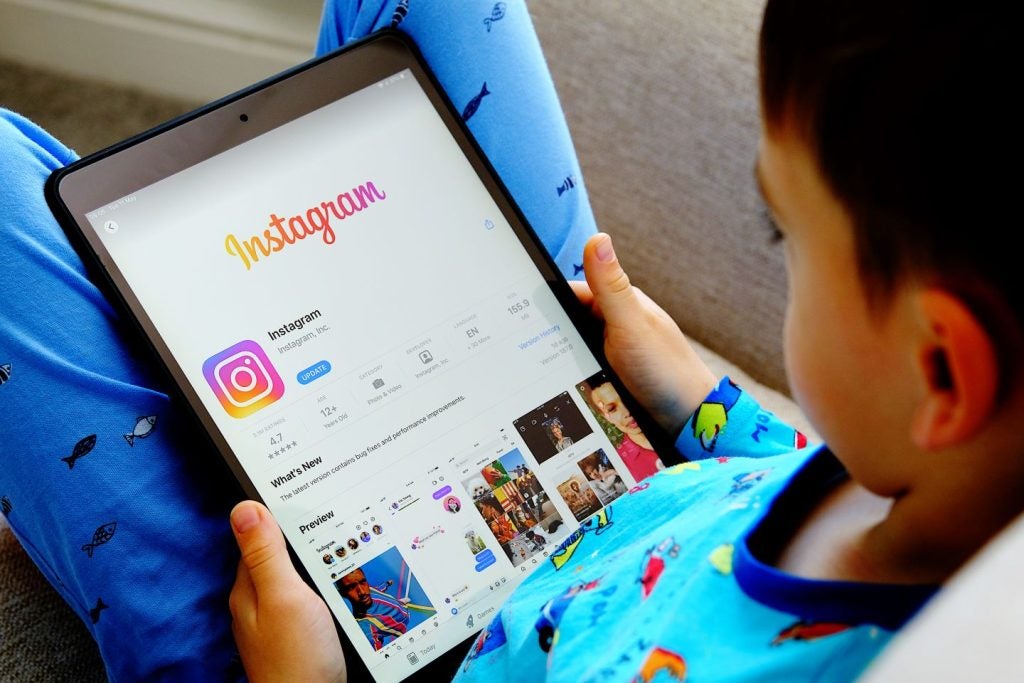
Next month, Apple is due to hold its annual Worldwide Developer Conference (WWDC), which will be held virtually for the first time. As usual, the tech industry is speculating what the tech giant will announce, but one augmented reality (AR) and virtual reality (VR) expert has said that Apple’s devices are “ready and waiting” for AR and VR technology.
“When we think of how digital immersive experiences could evolve, headsets rightly gain attention because of the exciting and innovation potential that this could lead to”, said Ben Fogarty, CEO and co-founder of Holoscribe. “As a delivery mechanism, however, the smartphone is still currently the biggest source of pushing digital content to someone. In excess of 9 million people engaging with phone-based VR content via Holoscribe campaigns in the past year highlights its propensity to engage audiences, and demonstrates the opportunities this could offer.
“Smartphones are ubiquitous and come with context on our lives that feeds well into the nascent ‘Internet of Things’ era. They are connected to your home through your WiFi, they direct you in your car, they know where and when you are parked and can tell you about the location you have arrived at. A logical next step is for VR, AR and 360 video to layer added experiences on top of the useful services and information that a smartphone offers.”
Apple AR headset rumours have been circulating for years
Rumours that Apple could soon enter the AR and VR market have existed for some years now. According to Tom’s Guide, an internal presentation with details of an augmented reality headset and AR glasses was leaked last year and published by The Information, with the product expected to launch the headset in 2022 and the glasses in 2023, three years later than the rumoured 2020 release.
Apple has filed patents related to virtual reality technology for the past few years, sparking rumours that the tech giant was planning a product launch. This was further fuelled by Apple acquisition of Akonia Holographics, a compaly that manufatures AR lenses last year. According to 9to5Mac, there is also evidence that iOS 14 could include a new augmented reality app.
In the leaked presentation, the Apple glasses are expected to have holographic lenses, with users able to connect them to their iPhone to view texts, emails and other features. It has also be reported that the Apple glasses could support 5G. The Apple headset is predicted to resemble existing headsets, with AR and VR capabilities.
How well do you really know your competitors?
Access the most comprehensive Company Profiles on the market, powered by GlobalData. Save hours of research. Gain competitive edge.

Thank you!
Your download email will arrive shortly
Not ready to buy yet? Download a free sample
We are confident about the unique quality of our Company Profiles. However, we want you to make the most beneficial decision for your business, so we offer a free sample that you can download by submitting the below form
By GlobalDataAR headsets have so far failed to achieve mainstream success
AR or smart glasses have been explored by the tech giants over the years, but predictions that they could replace smart phones have not yet come to fruition.
Microsoft released Microsoft Hololens, mixed reality sunglasses, in 2016, and launched Hololens 2 last year. The latter is marketed only at enterprise customers and is designed to be used in the workplace, rather than for entertainment.
Google Glass, Google’s foray into the world of smart glasses, is not widely regarded as a success story. Launched in 2013, Google Glass was met with criticism, with concerns over privacy, leading to some establishments banning them, and safety concerns over whether users would wear them while driving. In 2015 Google announced that it would no longer continue developing Google Glass, but launched Google Glass Enterprise, designed to be used in workplaces, in 2017.
Amid the lockdown, could Apple triumph on AR?
With a loyal customer base and extensive ecosystem, it is not surprising that this is an area that Apple may expand into. If it is able to create a device that is both lightweight and stylish, but with the processing power to support a range of AR applications, then it could see success in this area.
With lockdown measures currently in place across many parts of the world, it is also possible that AR and VR technology may see a growth in popularity, as consumers look to new forms of entertainment from within their homes.
“The technical specification of the Apple smartphone – and the iOS platform – is ready and waiting to be capitalised on far more by brands than it has been to date,” Fogarty said.
“The advent of 5G only stands to make these platforms deliver sharper and deeper experiences all the more real. With the smartphone at the heart of Apple’s ecosystem, the addition of this new Apple Goggle technology could offer significant benefits to the brand and drive better experiences for the user.”
Read more: Coronavirus case studies: Using AR to help tenants make repairs during lockdown.






